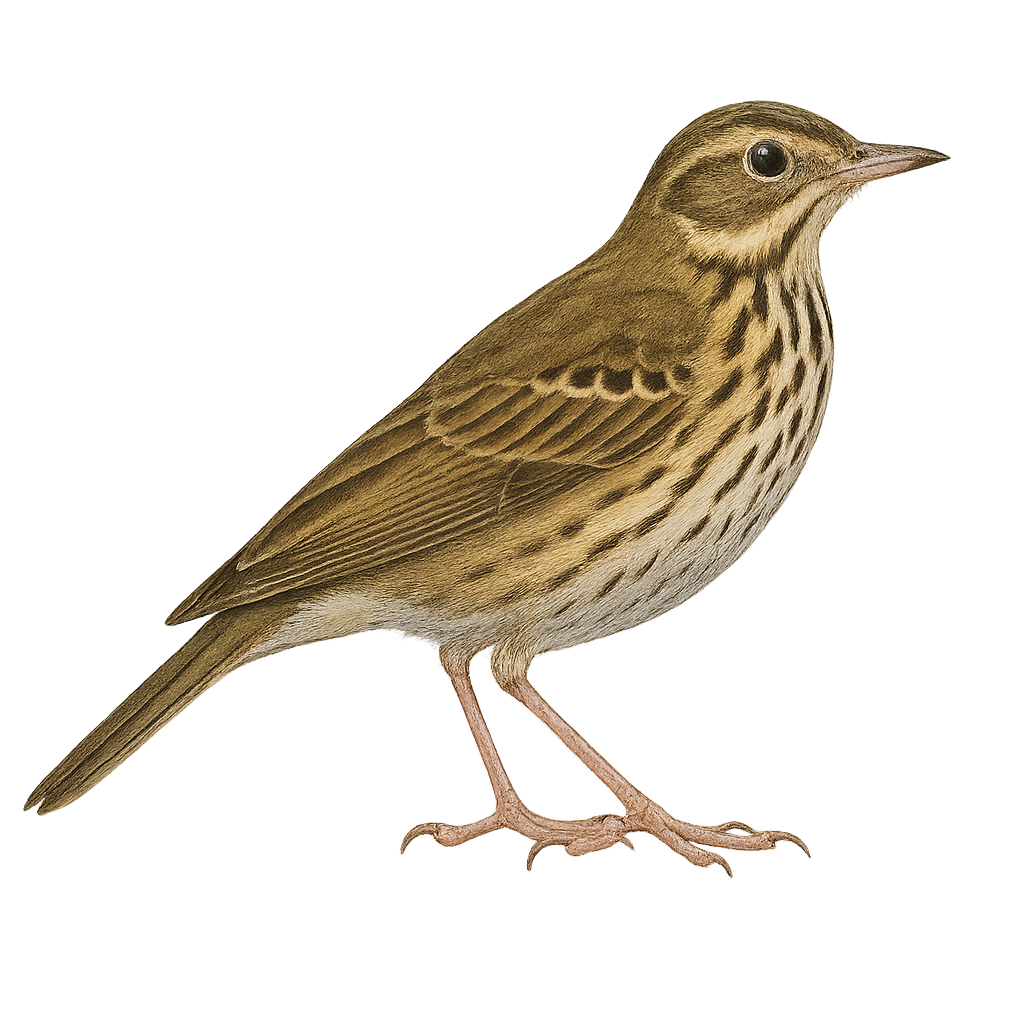Your wildlife photography guide.
Explore the olive-backed pipit in detail, study its behavior, prepare your shots.
Where to observe and photograph the olive-backed pipit in the wild
Learn where and when to spot the olive-backed pipit in the wild, how to identify the species based on distinctive features, and what natural environments it inhabits. The WildlifePhotographer app offers tailored photography tips that reflect the olive-backed pipit’s behavior, helping you capture better wildlife images. Explore the full species profile for key information including description, habitat, active periods, and approach techniques.
Olive-backed Pipit
Scientific name: Anthus hodgsoni

IUCN Status: Least Concern
Family: MOTACILLIDAE
Group: Birds
Sensitivity to human approach: Suspicious
Minimum approach distance: 10 m
Courtship display: May to June
Incubation: 12-14 jours
Hatchings: May to July
Habitat:
Forests, grasslands, shrublands
Activity period :
Primarily active during the day, with peak activity in the morning and late afternoon.
Identification and description:
The Olive-backed Pipit, or Anthus hodgsoni, is a small passerine bird in the Motacillidae family. It is primarily found in wooded regions of Asia, including Siberia, China, and the Himalayas. This pipit is characterized by its olive-brown back and dark streaks on its breast, which help it blend into its forested habitat. A migratory bird, it winters in Southeast Asia. Its song is a key identification feature, often described as a melodious whistle. It primarily feeds on insects and small invertebrates found on the ground. The Olive-backed Pipit is a discreet bird, often difficult to spot due to its elusive behavior and cryptic plumage.
Recommended lens:
400 mm – adjust based on distance, desired framing (portrait or habitat), and approach conditions.
Photography tips:
To photograph the Olive-backed Pipit, it is advisable to use a telephoto lens of at least 400mm to capture detailed images without disturbing the bird. Look for it in forests and grasslands, where it is often well camouflaged. Be patient and discreet, as this bird is suspicious. Opt for early morning or late afternoon hours to benefit from soft, natural light. Use a tripod to stabilize your camera and avoid motion blur.
The WildlifePhotographer App is coming soon!
Be the first to explore the best nature spots, track rutting seasons, log your observations, and observe more wildlife.
Already 1 430 wildlife lovers subscribed worldwide

